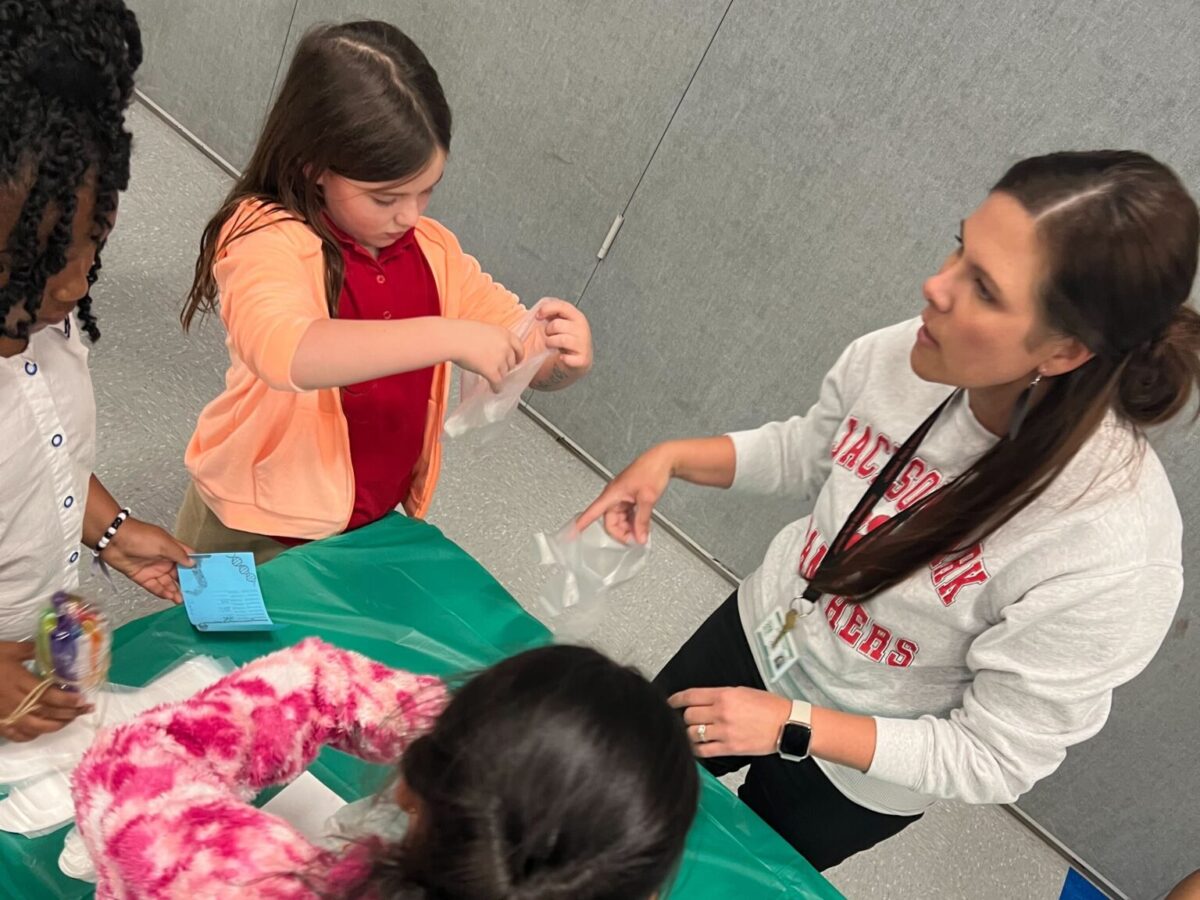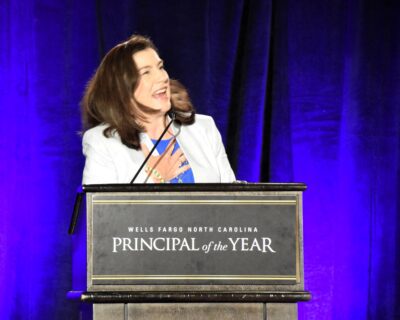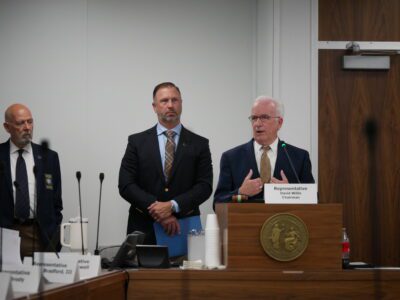
|
|
Around the start of the pandemic, I, like every other school leader in the country, sought ways to empower teachers to be confident in a virtual learning environment and ensure students received the education they needed. It was the right time to implement a shared leadership model to open lines of communication, sustain student engagement, and even increase teacher retention.
Several years later, we’re back to in-person learning, and our shared leadership model is in full swing. We have enriched classroom instruction, improved teacher satisfaction, and established strong community engagement within our diverse elementary school. This model also built excitement and engagement in our school, and other schools can do the same by distributing leadership among teachers and students.
What shared leadership looks like for us
At its heart, a shared leadership model is about giving a voice to students and teachers. It’s an approach to leadership that includes all stakeholders in the structures and decision-making processes. Sharing leadership responsibilities allows students and teachers at all levels to contribute their perspectives to the school’s overall mission.
Our leadership team consists of committees, and each committee is made up of teachers and students from each grade level. Once a month, representatives from each committee meet to discuss initiatives or issues, plan for cultural and community events, and collaborate on strategies to implement new instruction plans. Rather than working in isolation, the committees work in tandem to contribute to a school identity based on shared goals.
Our shared leadership model could only work by implementing a unified vision for our school based on a global learning framework that integrates global issues, current events, and competencies into our existing school priorities. Working within this educational framework, we implemented a series of core competencies — critical thinking, valuing differences, global connection, and others — that help our students and teachers develop a combination of attitudes, skills, and knowledge. These competencies help students develop career-ready skills and provide a “why” at the root of each of our efforts by connecting them to a competency.
Better teacher satisfaction and retention
One of the many benefits we have witnessed from the shared leadership model is our teacher retention rate. Every year since implementing the shared leadership model, we have seen better teacher retention among both tenured and newer teachers. This is due in part to increased engagement because of consistent communication across each grade level.
Our tenured teachers share their knowledge in mentorship roles with newer teachers, who then develop and utilize these new skills. Both tenured and non-tenured teachers feel heard because their ideas are consistently valued.
Stronger student performance and engagement in the school and community
The shared leadership model has also improved student engagement in the school and immediate community. When students are treated as leaders, they feel empowered to bring their ideas to the table and encouraged to create projects with real-world applications. It’s not only about getting the grade, but also having an effect on the real world.
One of the core tenets that we’ve echoed from our partner in creating a shared leadership model — Participate Learning — is “think globally, act locally.” By connecting education with real-world issues, we encourage students to become active participants in their communities. By solving problems in their own communities, they work to improve global issues.
Over the last few years, we’ve hosted community events that showcase our students’ work and their impact outside classroom walls. Our shared leadership teams facilitate these school-wide events by collaborating on ideation and execution. These aren’t simply one-off events; they become tied into the curriculum to enhance instruction school-wide.
One of our most well-attended events is STEM night. Open to the community, this event focuses on the theme, “A World of Possibilities.” Students showcase important topics that highlight STEM’s role in addressing critical global issues, such as transforming waste into resources through composting, safeguarding our ecosystems by understanding pollination, and making innovations in water conservation to combat shortages.
A more unified school culture
The integration of global learning as the driving force behind our shared leadership model has been instrumental in forging a school culture that benefits students, teachers, parents, and the wider community. This approach ensures that when teachers and students engage deeply with our global-themed curriculum, the positive outcomes are manifold: student performance improves and parents feel reassured that their children are becoming contributing members of society who are well-prepared for the workforce.
One day each month is dedicated to celebrating Global Spirit Day. This day is a vibrant showcase of activities designed to highlight and delve into core competencies that resonate with global themes, ensuring that global learning is woven throughout our curriculum.
Our shared leadership model, underpinned by the larger theme of global learning, has significantly contributed to a sense of unity and purpose among our teaching staff, particularly in the pursuit of our school’s improvement plan goals. Before the implementation of this model, a sense of isolation was a common sentiment among our teachers. Addressing this, our leadership committee began to infuse our goals with core global competencies, facilitating a more interconnected approach to teaching and planning. Committee members, representing various grade levels within our shared leadership team, brought these competencies to their teams. This cross-grade collaboration has been a key factor in breaking down barriers, fostering a sense of community among teachers at all levels, and aligning our collective efforts toward achieving common improvement goals.




